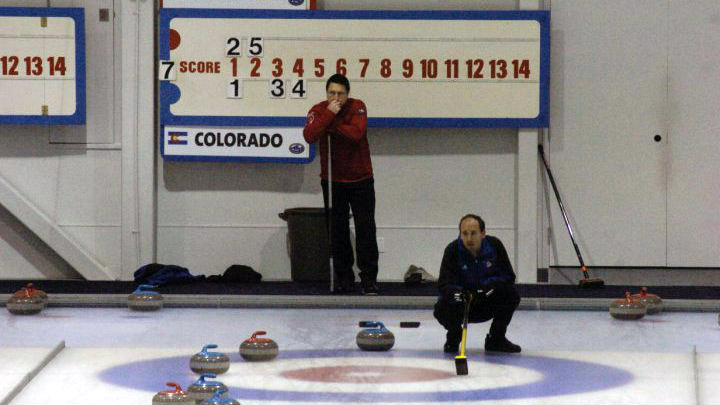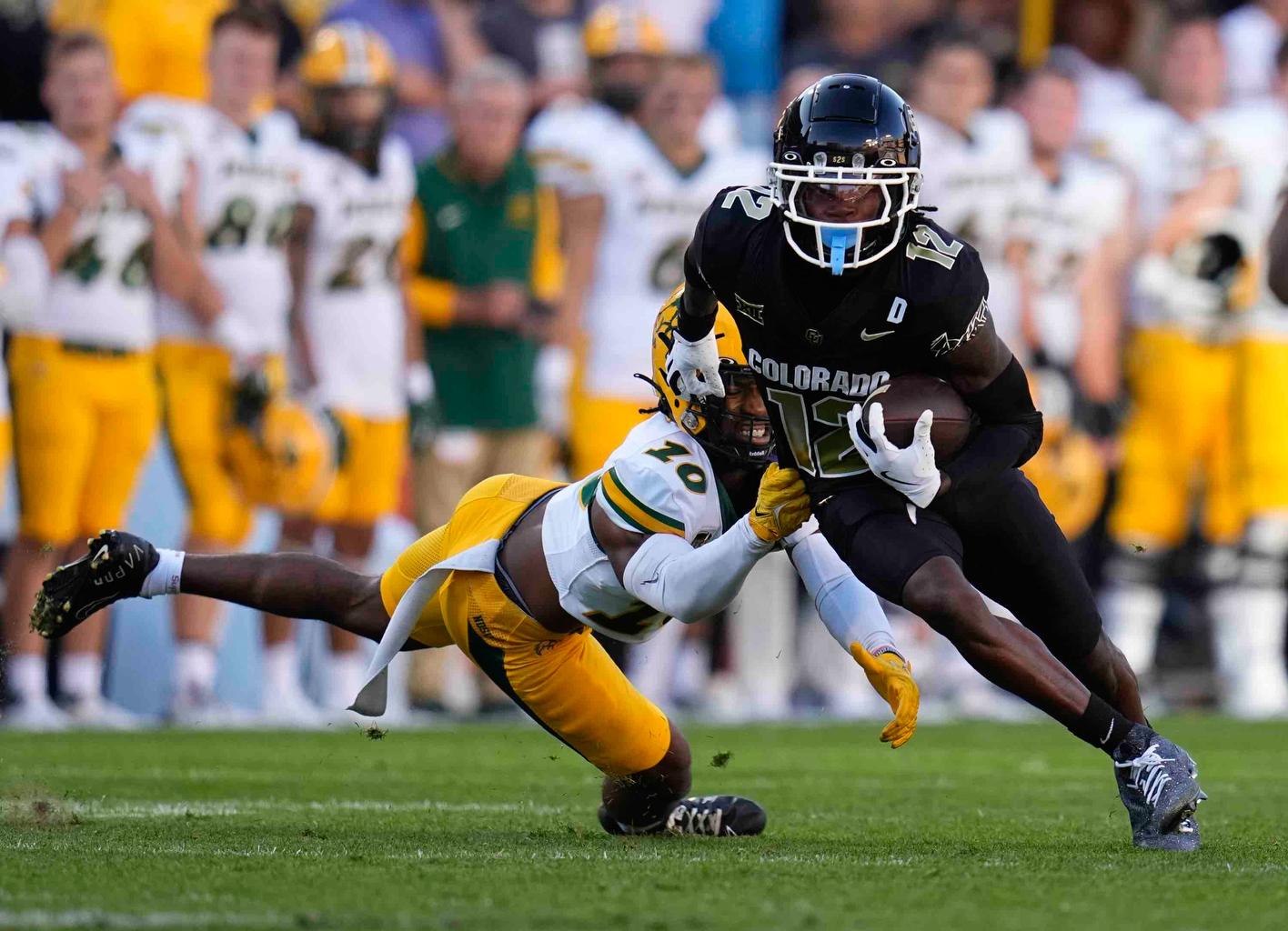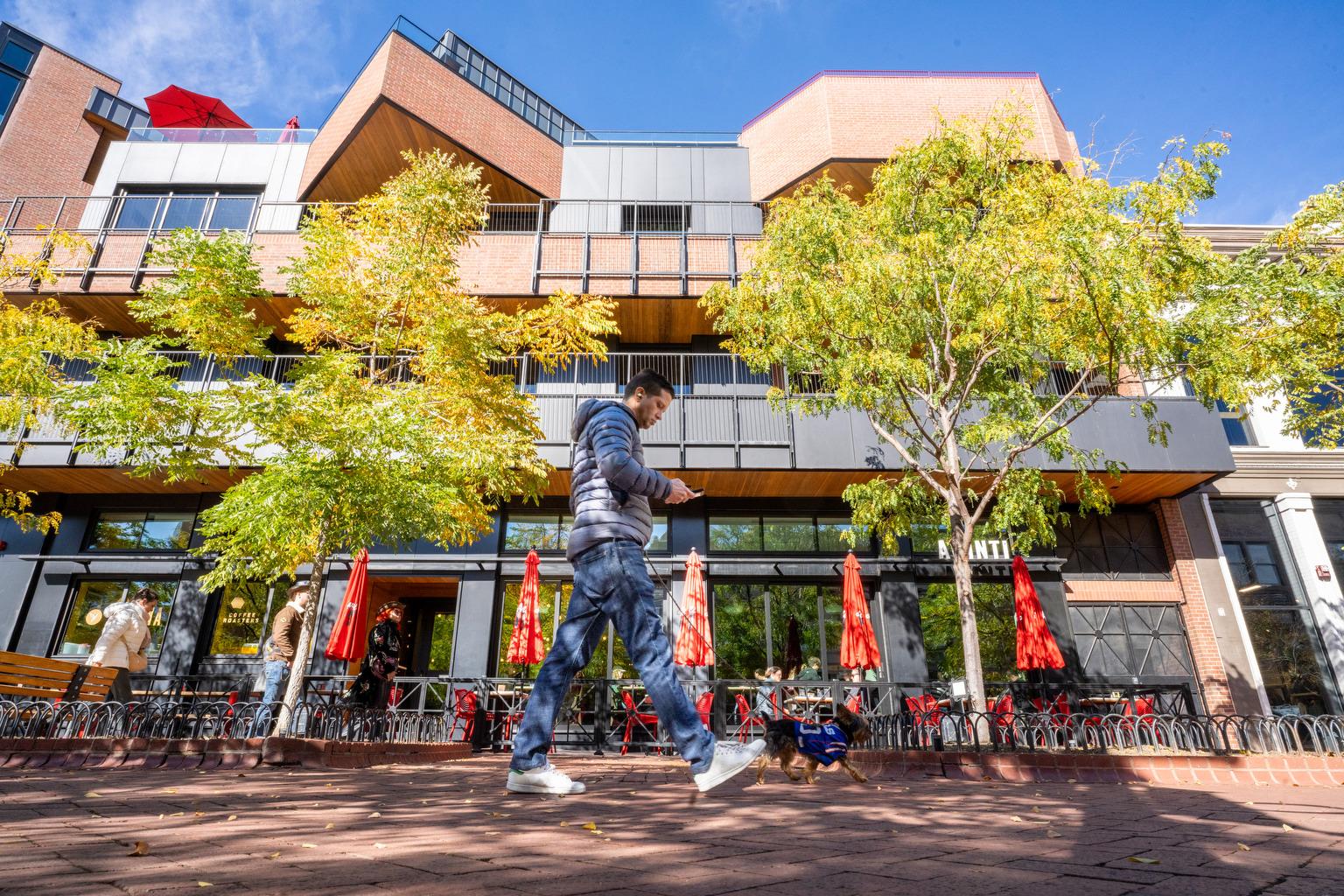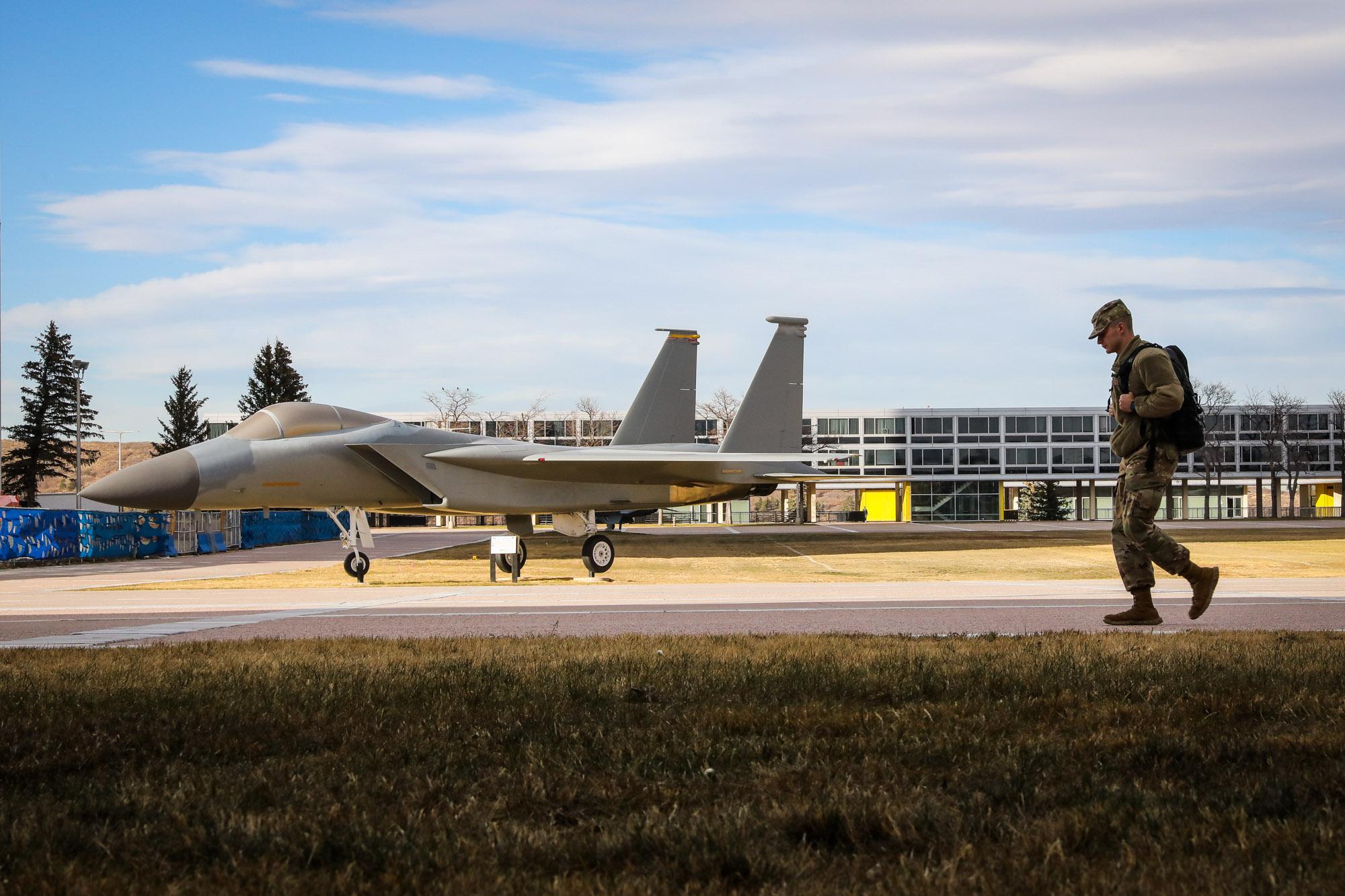
“It is a relatively new phenomenon for the sport,” competitive curler and Denver Curling Club member Darrick Kizlyk says. “Four years ago, it was crazy because clubs didn't know how to handle these new people who just wanted to try this odd sport.”
Although curling is one of the fastest growing winter sports, the state’s curlers compete with hockey players and ice skaters for practice time on ice rinks.
But all that is about to change.
Last November, the club broke ground on Colorado’s first dedicated curling facility, which it hopes will be complete by the end of year.
In the meantime, the club is offering introductory curling lessons in Colorado Springs and Denver, but these are already booked for months ahead.
For a sport that originated in Scotland in the 1500s and quickly gained a following in Canada and Europe, curling has only recently found its feet in the U.S.
The game became an official medal sport in the 1998 Nagano Games. Today there are curling clubs in 42 states; club membership increased 47 percent between 2002 and 2011.
A strategic game, sometimes referred to as “chess on ice,” each curling match is made up of ends where two teams of four players each take turns sliding 42-pound granite stones down a sheet of ice toward a goal—called the house—made up of four concentric circles. Each player throws twice and a team scores points when its stones are closest to the center of the house after all 16 shots.
When the shooter releases the stone, they’ll give it a quick turn, causing the stone to rotate and “curl” down the ice. With the right amount of curl, stones can get around or knock out previously thrown stones.
Once the shooter releases the stone, two team members sweep the path in front of it, slightly melting the ice and causing the stone to speed up and travel further or change direction to hit or avoid another stone. The captain of the team, called the “skip,” shouts instructions to the sweepers.
“It is definitely a true team sport— there are a lot of team dynamics and a lot of strategy,” Kizlyk says. “The best teams will always be constantly communicating.”
Although it takes years to get good at curling, Kizlyk says it is easy to learn the basics and have fun quickly.
The combination of teamwork coupled with individual skills keeps Kizlyk passionate about the sport. He started curling in Southern Ontario when he was nine, having spent years watching his father curling with friends. Sometimes, the two still curl together.
The multi-generational appeal of the sport is unique, Kizlyk says. A single team may have four generations of players in it and husbands and wives can participate on equal footing.
And camaraderie prevails.
“It is a very social sport and a gentlemen's sport,” Kizlyk says. “Every game begins and ends with a handshake and the winning team buys the losing team a drink.”








